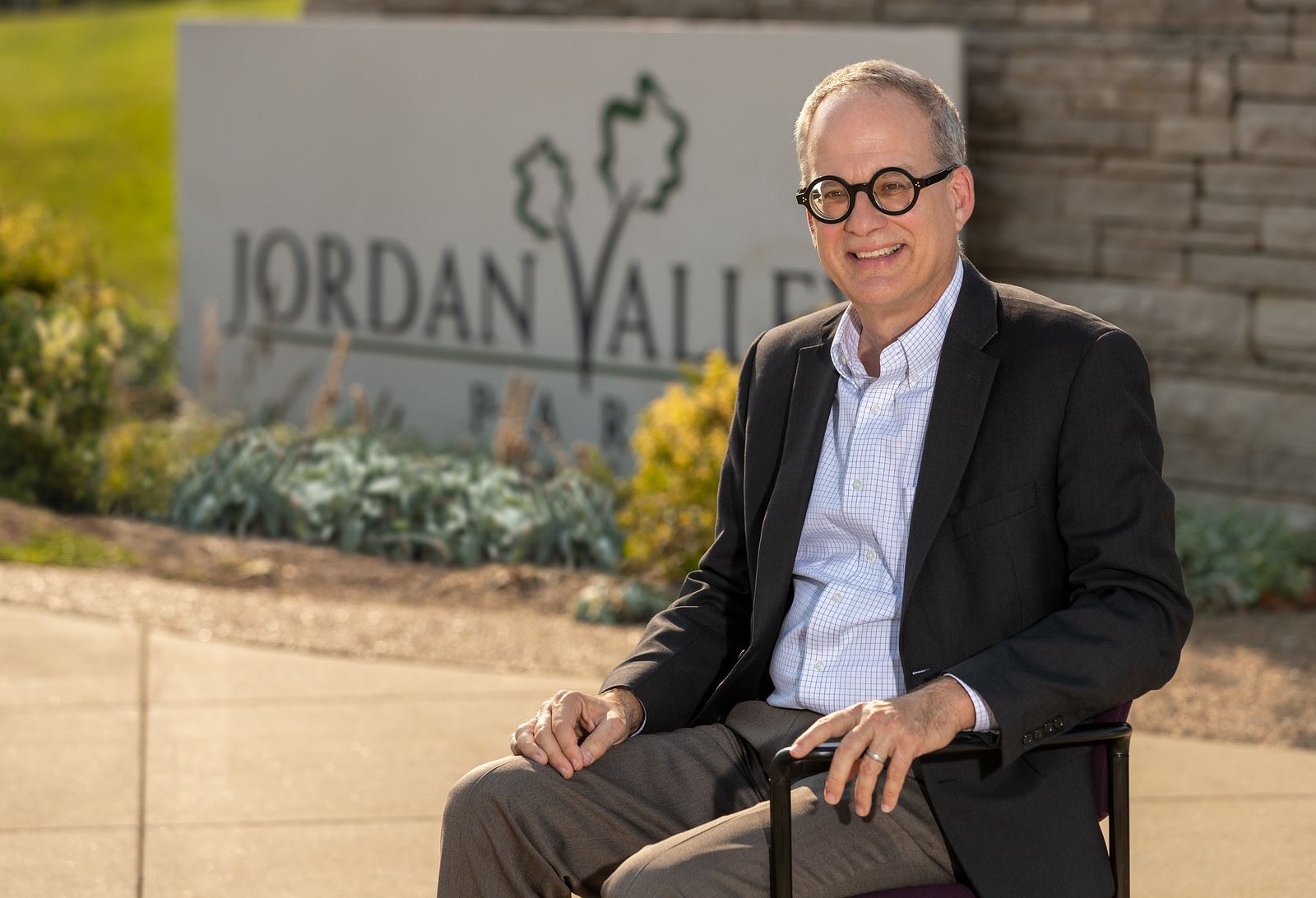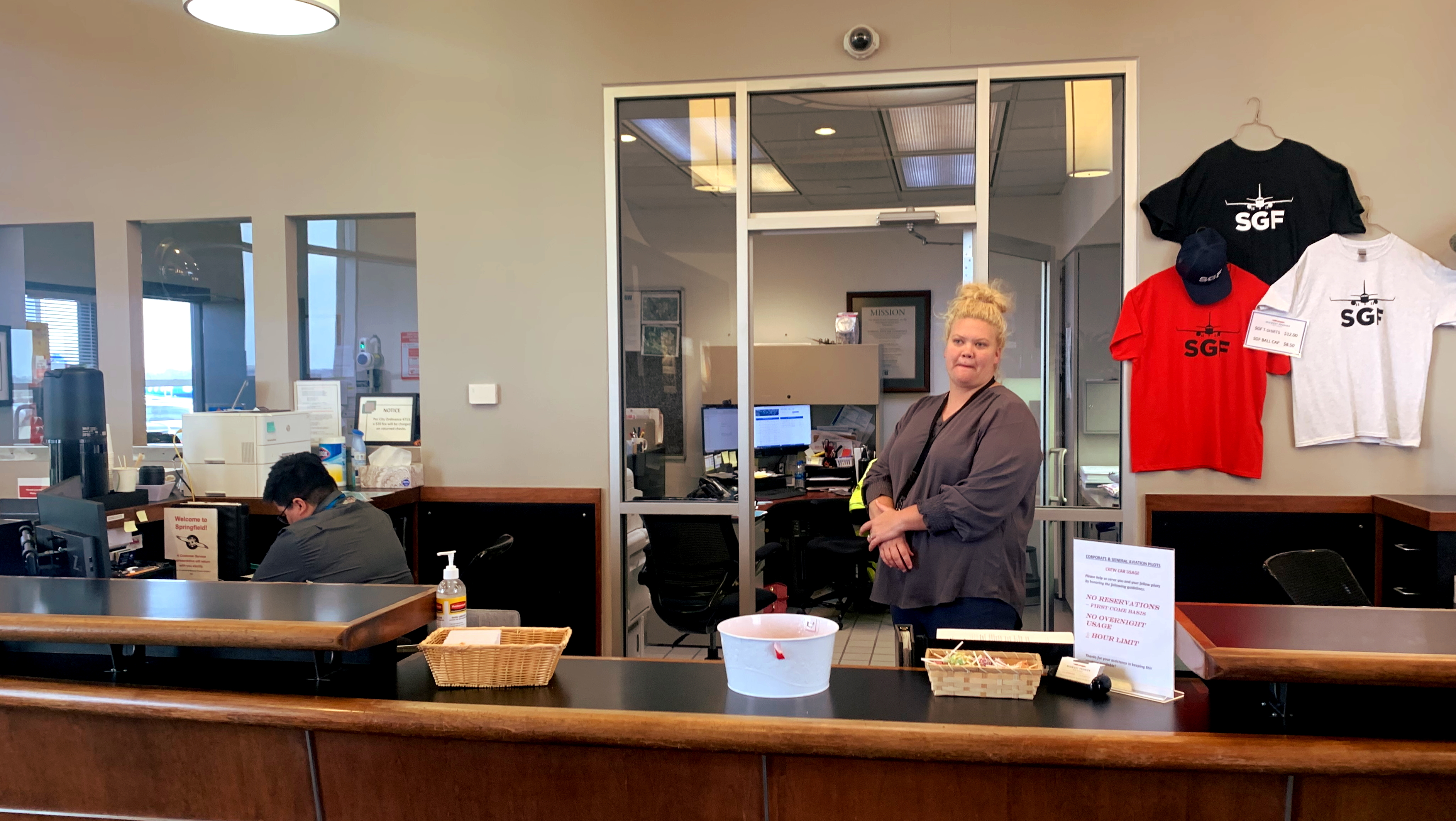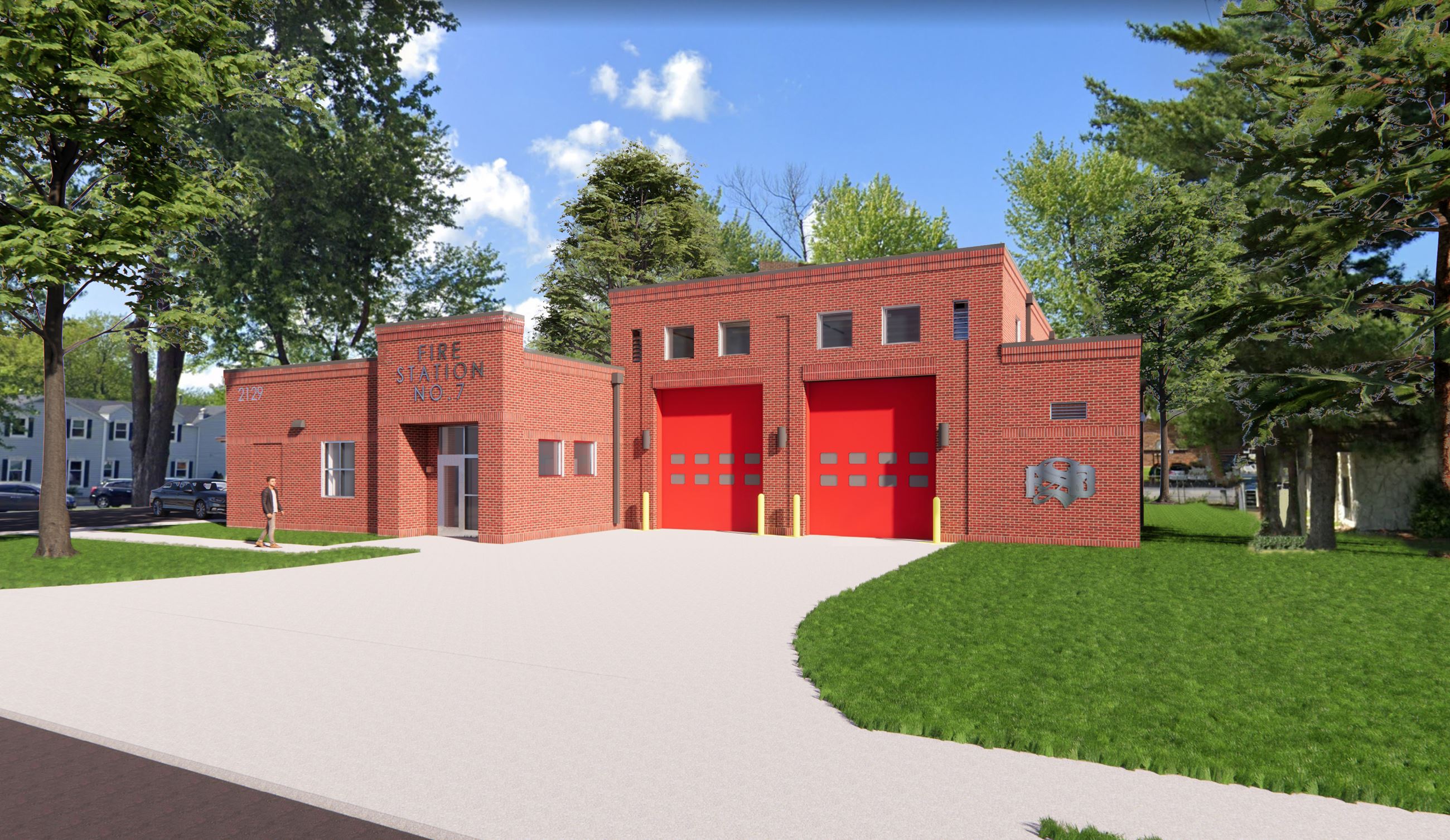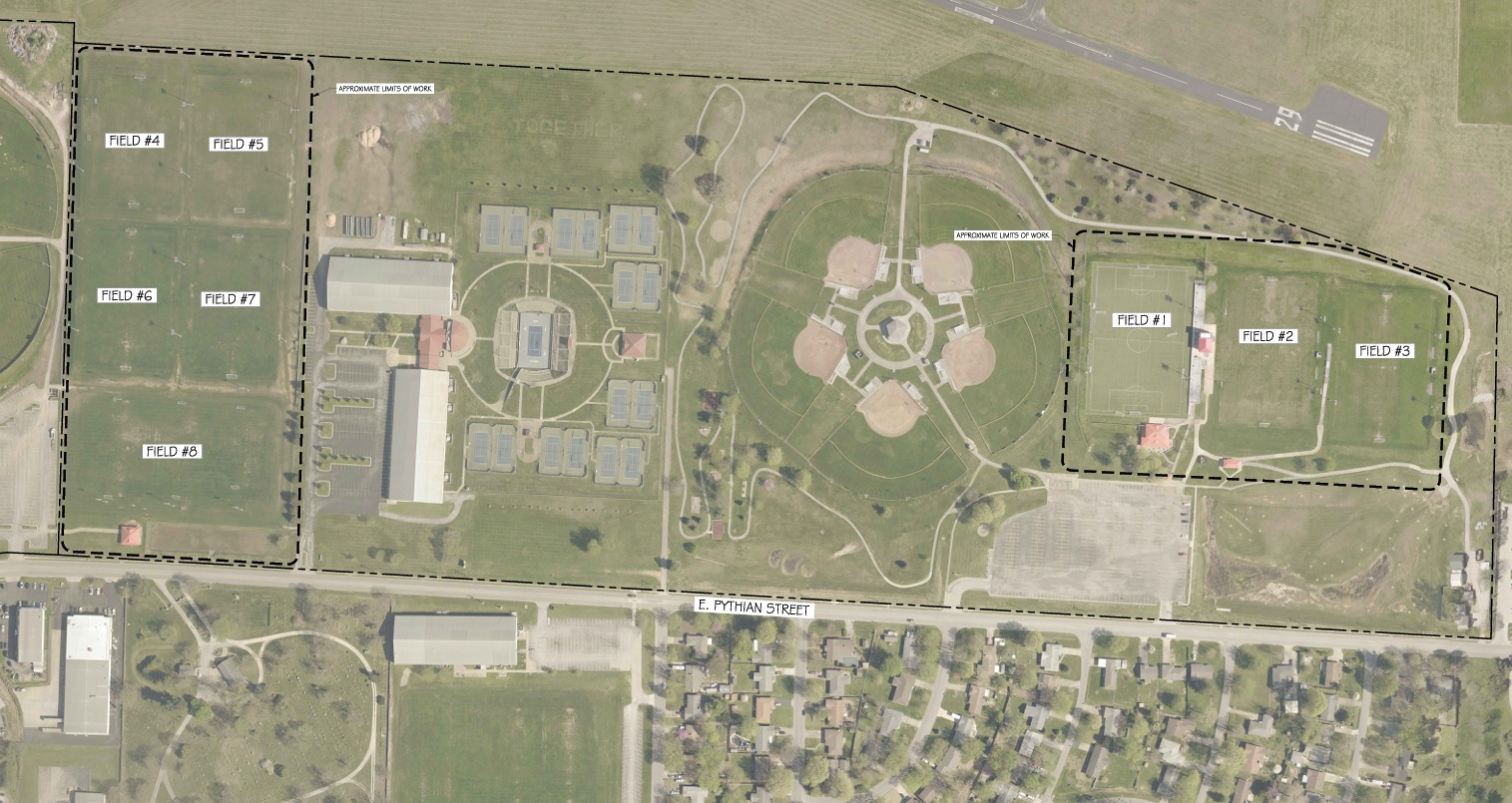Around City Hall, Tim Rosenbury’s title of Director of Quality of Place raises some eyebrows. Explaining the work he actually does in city government requires more words, but Rosenbury’s influence is found throughout Springfield’s 2023 capital improvement plan.
The Springfield City Council studied the plan in open session March 21. It’s a list of construction, maintenance and replacement of city-owned infrastructure and public facilities, and it looks six years forward into the future. The City Council examined all projects expected to cost $100,000 or more for the next six years.
“When there is a project, quality of place issues may not be first and foremost, but they will be incorporated,” Rosenbury said. “I don’t know yet of any project that is only a quality of place project, but I know of a lot of projects that have started as kind of rudimentary public works projects that are turning into real contributions to place-making in Springfield.”
The idea of place-making is to take a basic necessity and make it better and more enjoyable for Springfieldians and visitors.
“Quality of place” is the first on the list of the City Council’s top five priorities, and is defined as “qualities of life that make a location a desirable, competitive, and economically vibrant place to live.”
It's not enough to define the concept and say the phrase. Rosenbury’s priority is to get people of Springfield, whether or not they are leaders in some capacity, to buy into the concept and encourage efforts that raise Springfield's quality of life. Just about any street improvement project, park project or anything else involving public infrastructure has quality of place considerations.
“What I find myself doing is being an internal consultant to other departments, as a missionary as well as a consultant, and what I’ve been pleased with is the acceptance and the excitement among staff about quality of place,” Rosenbury said.
The City Council priorities are meant to work hand-in-hand with Springfield’s 20-year comprehensive plan, Forward SGF, a plan that is being overhauled and will chart the city’s course for development and growth from now through the end of 2040.
An annual plan is required by the Springfield City Charter, but principal planner Randall Whitman notes it is not a binding budget plan.
“This isn’t a budget document, it’s a planning document,” Whitman said. “Most of these projects, again, will span multiple years, so it’s kind of hard to say, ‘OK, they’re going to happen this year completely,’ because it just isn’t the case.”

Nuts, bolts and streets
There are 23 new projects on this year’s plan, and 16 of them will have some sort of funding need in 2023. In total, they cost more than $190 million. The highlights include:
- An extension of Eastgate Avenue from Division Street to LeCompte Road
- Improvements to Scenic Avenue from Sunshine Street north to Olive Street
- Improvements to Clifton Avenue from Kearney Street to High Street
- Improvements to the baseball fields at Cooper Park
- Design for the eventual elimination of the railroad crossing on Division Street
- A stormwater drainage project at the Ozark Empire Fairgrounds
- Improvements to the trail on Grand Street
- Improvements to Hilton Avenue from Walnut Street to Mt. Vernon Street
- Improvements to Nichols Street from Dickerson Avenue to Hutchinson Avenue
- Improvements to Pacific Street from Golden Avenue to Colgate Avenue
From 2024 to 2028, there are 160 funded and unfunded projects listed in the long-range capital improvement plan, adding to an estimated cost of almost $568 million.
“We want to remind you that these projects can span multiple years, from a design phase to property acquisition, and of course, construction,” Whitman said.
Street improvements, 49 projects, make up the largest category in terms of funding.
The major road projects on tap for 2023 are improvements to Campbell Avenue from Republic Road north to Westview Street, Division Street between National Avenue and Glenstone Avenue, LeCompte Road widening east of U.S. Highway 65, the Main Avenue bridge over Jordan Creek, and improvements to Republic Road just west of Campbell Avenue. Most of these projects are funded through federal and state government allocations.
Airport, fire department, art museum and City Hall

Taxiway reconstruction and the development of a new general aviation terminal at the Springfield-Branson National Airport. The general aviation terminal is the home of the fixed base operation (FBO) for the Springfield-Branson National Airport. It’s where people go to board private flights or chartered planes.
“That’s where we do a lot of the corporate travel, business travel through the airport,” Assistant Director of Aviation Dave Schaumburg said. “We are funding that with airport reserves.”
In April 2021, the airport issued requests for proposals for firms to design a new building that would serve as the fixed base operation for the Springfield airport. The airport board interviewed four firms, and chose to negotiate with Dake Wells for the final design, with a cost of approximately $346,456.
The U.S. Department of Transportation’s Federal Aviation Administration (FAA) awarded more than $5.1 million to the Springfield-Branson National Airport for a construction manager at-risk plan to build the new FBO. Some airports outsource their FBO operators to third party vendors, but the Springfield-Branson National Airport operates its own FBO.

There are plans to improve three Springfield fire stations, and for the demolition and replacement of Fire Station No. 7 on East Sunshine Street near Glenstone Avenue. The old station was built in 1958, and will be replaced.
“Demolition abatement has begun this week, and you’ll start to see demolition here in the next week or so,” Fire Chief David Pennington said.
Funding for the new station, which will cost just over $3.5 million, is being provided by the voter-approved level property tax.
A series of building plans found within the capital improvement plan also include Springfield Art Museum gallery expansion and renovations to the education wing, improvements to the police headquarters building on Battlefield Road, renovations at Historic City Hall, renovation of the Springfield-Greene County Animal Control shelter on West Division Street, and the remodeling of the public works offices on the second floor of the Busch Municipal Building off Boonville Avenue.
Cooper Park back to center stage

In November 2022, the Springfield-Greene County Park Board plans to host a groundbreaking and an American Rescue Plan Act appreciation event for key players in the $22 million Cooper Park renovation project. Today, the first and second phases of developing the park with artificial turf are a highlight of the capital improvement plan.
“What we’re doing right now are the upper soccer fields,” Springfield-Greene County Parks Director Bob Belote said. “That’s eight soccer fields, that’s our current Phase 1 project we’re working on. We’re going to quickly transition concurrently into Phase 2, which includes the six softball fields at Killian and the five baseball fields, as well.”
The artificial turf has a life expectancy anywhere from 10 to 14 years. Turf replacement will likely show up in a capital improvement plan sometime around 2033.
“Whatever we’re doing now, we need to be cognizant of what it’s going to take to come back and replace those,” Belote said.
Later this year, workers will also resurface the outdoor tennis courts at Cooper Tennis Complex.
The Cooper Park projects are to be paid for through American Rescue Plan Act funding allocated through the state of Missouri and through the City of Springfield.
“We could not be more excited with everything happening in Cooper Park,” Belote said.
Under the streets and down the stream
Sewer projects represent the second-largest category of projects in the plan. The list includes facility improvements at both the Northwest and Southwest treatment plans, sewer line improvements in three key areas of Springfield, and overflow reduction projects throughout the city.
There are also 14 stormwater drainage improvement projects, including the first phase of the Renew Jordan Creek Project. It’s been in the news because of the eminent domain proceedings the Springfield City Council authorized to acquire the Hotel of Terror property on Main Avenue.
The Jordan Creek daylighting project is a plan to unearth the underground section of the creek downtown, which proponents say will reduce flooding risks, improve water quality and create an outdoor greenspace for the community to enjoy, which will then spur economic growth downtown. Funding for Jordan Creek enhancements was approved by Springfield voters through the renewal of a level property tax in 2017. The tax generated slightly more than $6.7 million that has been budgeted for the project.
Springfield received about $17 million in American Rescue Plan Act funding from the federal government to pay for stormwater improvement projects.
“All of these are competitive grant applications using ARPA funds, and I want to compliment city staff for the job they’ve done seeking those out, and hopefully we’ll continue to seek out as many of those opportunities as we can to fund those projects,” City Councilman Matthew Simpson said.
Finally, the plan features 14 projects related to making Springfield more walkable and accessible by bicycle, with safety projects built into the mix for both cyclists and pedestrians.
According to the Forward SGF master plan, the population of Springfield is expected to grow by another 6,000 people by the end of 2024. About 25 percent of the population is expected to earn less than $25,000 annually, “denoting the need for strong public services to help support this segment of the population.”
The remaining 75 percent of Springfield’s population is likely to see its yearly income increase, at least slightly. The population will also age, with Springfieldians ages 65 and older making up the age group set to experience the largest projected growth.

